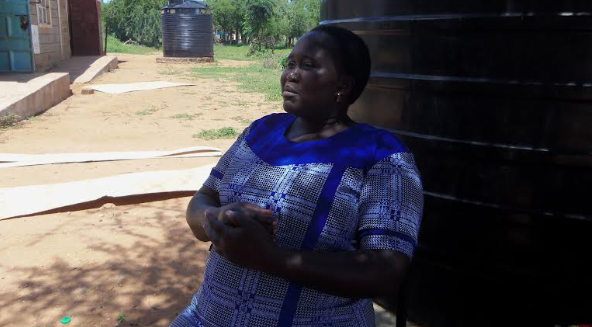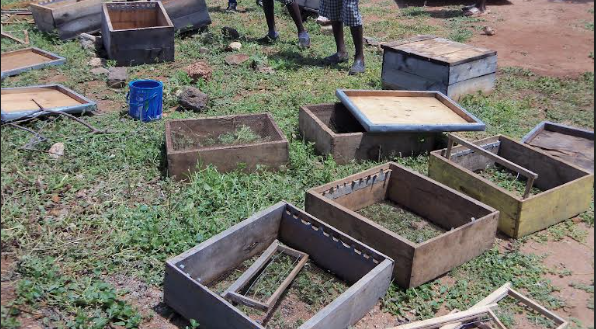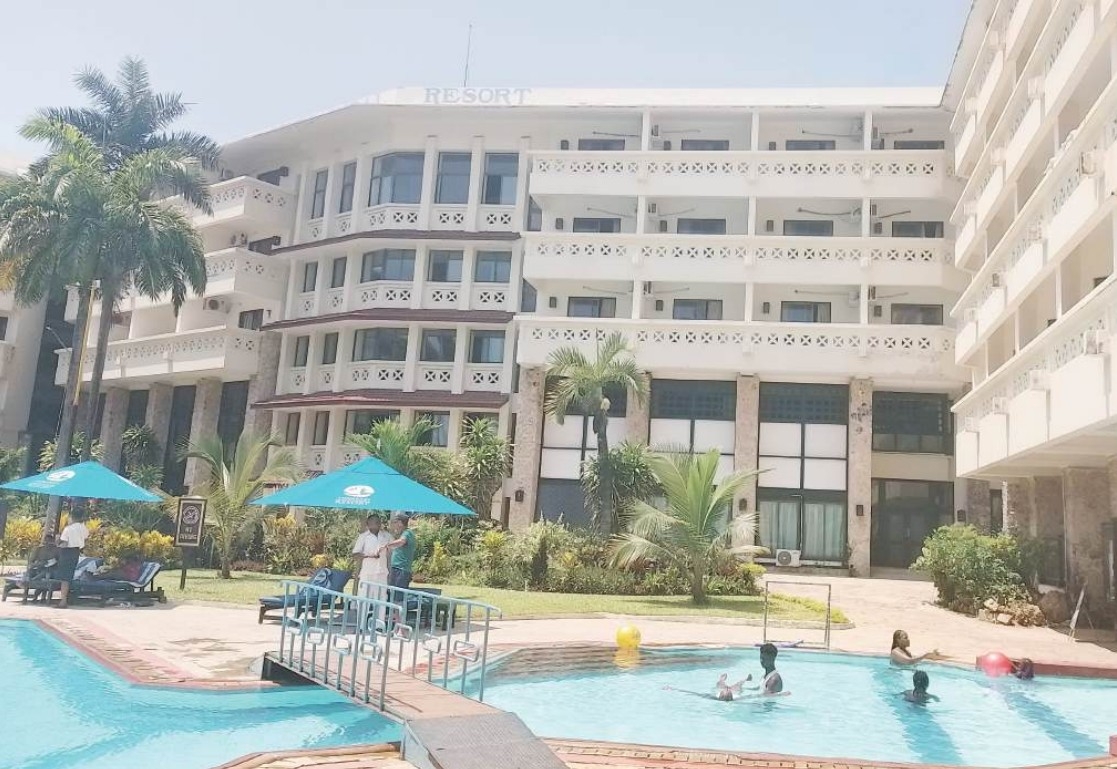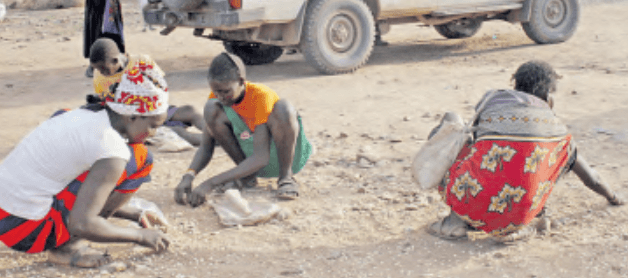

Next to a farm doing wonders with Juncao grass in Namanga, Kajiado county, is Oloolarroi Primary School.
It was around midday when we noticed the students were out of class for longer than the expected break time.
We decided to visit the school, and upon getting closer, we saw that the teachers and pupils were creating beehives as part of an effort to address the bees’ predicament.
The bees’ invasion had managed to keep them out of class, halting formal scheduled learning for the day.
They were getting a different kind of learning, one which included how to survive a bee invasion, as well as practical skills on how to remove bees from classrooms and attract them into beehives.
A few pupils were stung by bees, as well as a teacher, Clare, who teaches in the lower classes.
Immanuel Lechi, a seventh-grader with a passion for agriculture, was among the pupils stung.
"It is painful, and my face is swollen on one side," he said.
Despite the discomfort, he remains optimistic about his future.
"When I grow up, I want to farm so I can help my family and sell the produce as a successful businessman," he said enthusiastically.
Teacher Clare said the bees disturb their peace.
“As we speak, Grade 3 is displaced because the bees have occupied the entire classroom,” she said.
She said they have been struggling with bees and elephants invading the school for the past two years.
Education had come to a halt here, as the teachers and pupils alike worked on a way to drive the bees away from the classrooms and ultimately the school.
The hot weather is conducive to bee breeding. This could have contributed to the school’s catastrophic bee invasion.
The headmaster, Frederick M, said the problem goes beyond displacing the learners from their classes.
“Our offices have also not been spared,” he said.
In addition to conflicts with bees, other animal encounters also impact Oloolarroi Primary School.
“Buffaloes, snakes and elephants regularly visit the school, disrupting the learning schedule nearly every day,” Fredrick said.
He said the school is situated in the bush, where snakebites are an everyday reality.
This puts both pupils and teachers at risk of being attacked by these wild animals during their commutes to and from school.
"High temperatures, which sometimes can range from 36 to 39 degrees Celsius, also influence learning," Fredrick said.
He believes the pupils and the school's overall performance outcomes can improve if the harsh conditions are alleviated.













